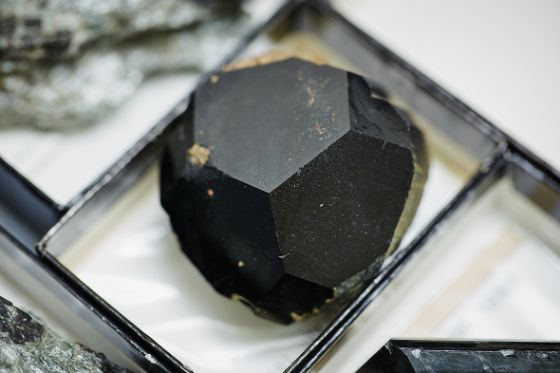Lake Victoria cichlids
The Lake Victoria region in East African harbors some of the most species-rich adaptive radiations, with over 800 endemic cichlid species in the subfamily Haplochromini. Adaptive radiations are lineages in which many species with diverse ecological roles evolved in a short time. In a collaboration with the research group of Ole Seehausen at the University of Bern, David Marques investigates when and how these cichlid radiations evolved.
Over 500 endemic cichlid species live in shallow Lake Victoria, a lake three times as large as Switzerland but only 16,000 years old. Due to climatic changes, the lake dried out completely 20,000 to 16,000 years ago. It is thus an enigma when and where this huge fish diversity evolved. By sequencing whole genomes of several hundred species, Ole Seehausen’s research group at the University of Bern aims to reconstruct their evolution in Lake Victoria, neighboring lakes of the Albertine rift and in young crater lakes. First analyses support the hypothesis of a recent origin of Lake Victoria’s cichlid fauna following it’s refilling 16,000 years ago. This makes cichlids the record holders in rapid speciation.
Further analyses show that rapid speciation in Lake Victoria, rift and crater lakes and the survival of highly specialized species during environmental change was facilitated by hybridization between cichlid species. The exchange of genes between existing species has led to new combinations of their genetic diversity and thereby allowed rapid speciation.
